These hardware trends will shape smartphones in 2019
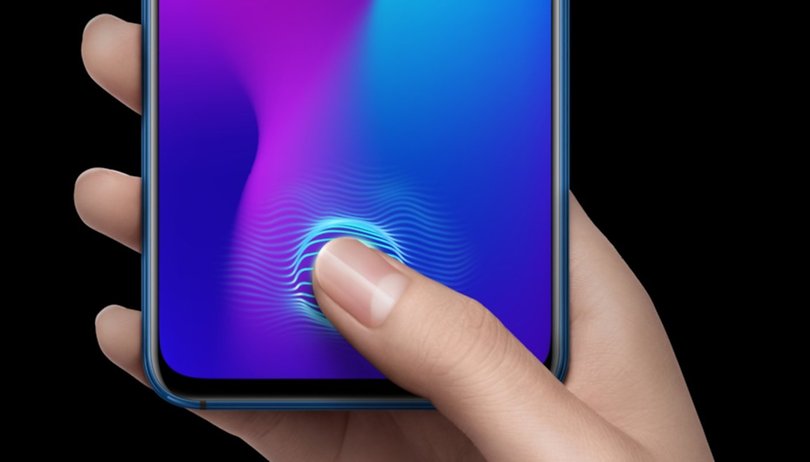

While the steps of technological development are getting smaller and smaller, and cheaper smartphones are getting better and better, there are still innovations to be found on the smartphone market. Some of the coming trends for 2019 have already become apparent in 2018, but others could provide completely new impetus. Let's peer into the crystal ball.
We already have a good idea of which smartphones will be released in 2019. The manufacturers themselves do not provide any information on upcoming devices. But let's face it, the timetable has become predictable. On the other hand, leakers are now doing such good work that the PR representatives of the smartphone manufacturers a reason to be envious.
Yet frankly, it's also quite predictable what features the new devices will have: they will be wrapped in fragile material front and back, which can only be repaired at great expense. After all, we're almost at the point of realizing a trend that is awaited with enthusiasm: the displays become completely bezel-less.
Smartphone goal 2019: the impeccable glass sandwich
Numerous patents and leaks raised hopes for perfectly bezel-less displays, most of which remained unfulfilled in 2018. After all, the fingerprint sensor has already disappeared behind the display on some devices. Xiaomi, on the other hand, demonstrated that you can hide the selfie cam without resorting to the notch with the slider mechanism in the Mi MIX 3. Samsung has a different solution in the form of the Infinity O display and the camera hole on the Galaxy A8s.
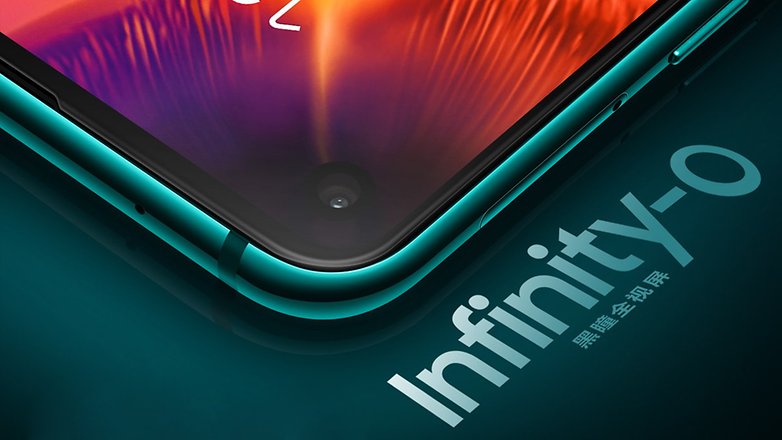
What's missing is a camera behind the display. Poor lab results with blurry or dark selfies, however, have so far allegedly prevented manufacturers from mass production. However, when the time comes, manufacturers and customers alike are faced with a new problem.
All smartphones will look the same
Even if the notch disappears from the display, you won't be able to distinguish the already very similar smartphones from the front anymore. Characteristics for differentiation then only occur on the back. Besides the color gradients already seen from Huawei (Twilight) or Samsung (Polaris Blue), the number and arrangement of the main cameras will differ.
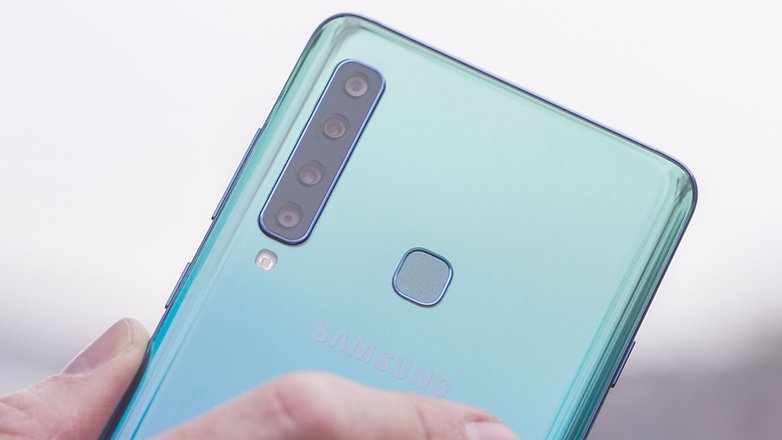
Since camera software and chipsets have been optimized for image processing in the past years, manufacturers are now upgrading with the appropriate hardware too. More optics and variable focal lengths bring smartphones one step closer to competing with DSLR cameras. I know, a real photographer would probably slap me for that assertion.
What will happen to flexible displays?
Another potential unique selling point could be flexible or at least artistically curved smartphone displays. The trend that the Galaxy Note Edge and later the LG G5 wanted to initiate could reach the next level.
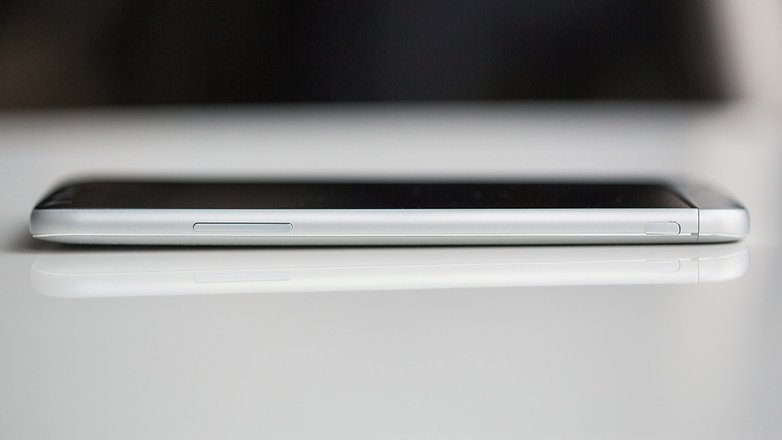
This time, however, the displays should actually be mechanically flexible. Samsung already teased a sneak peek of it. The competitor Royole is already showing an allegedly launched product with its Flexpai; and that costs around $1,300. Whether this is the trend we want or need, I dare doubt.
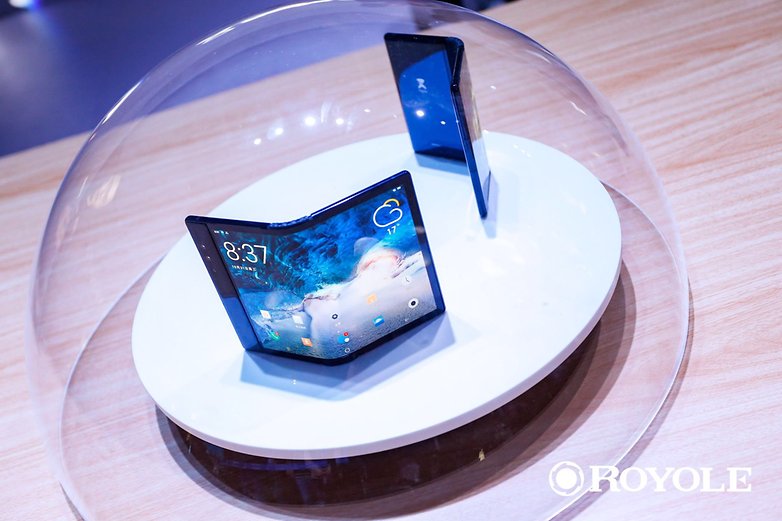
What about 5G?
5G is coming slowly but surely. Nevertheless it should already be experimented with. Qualcomm and Samsung are working together on solutions to make some smartphones 5G ready by 2019. Xiaomi, Motorola and OnePlus have all announced 5G compatible phones. However, the support of this technology is then limited to certain frequency ranges only.
What smartphones will not make better in 2019
The battery life of smartphones will not improve dramatically in the coming year either. Android has optimized the software, which helps. And although the new chipsets are more efficient, they immediately spend the energy saved on more computing power. Battery runtimes of at best just under two days will therefore remain the norm.
Good news: the majority of new smartphones will finally have the Type-C connection. Bad news: You won't have any other connection. The audio jack will be abandoned by even more brands. Only the single Type C port is used to charge the smartphone and connect the included headsets. That wouldn't be so bad if there wasn't a problem:
The trench warfare of standards will remain.
It will remain the case that the Type-C headset of one smartphone will not work on the other, just as a manufacturer's charger will only charge other devices slowly. The same goes for third-party chargers, cables, and of course headsets or type-C jack dongles. Mixed operation remains unreliable.
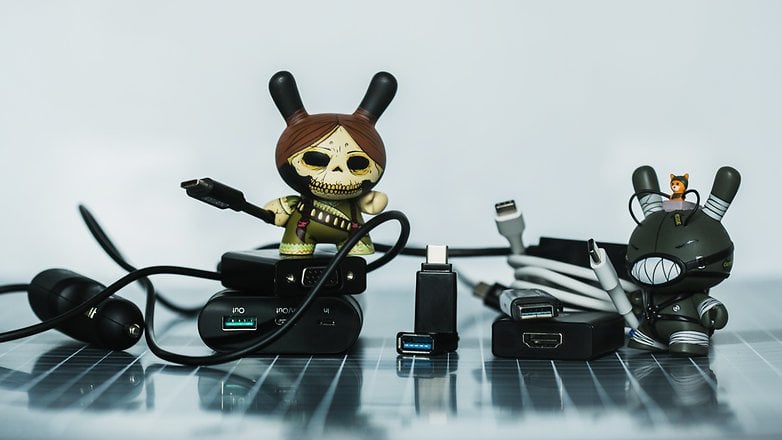
New competition
Outside of the mainstream, newcomers and niche manufacturers give new impetus to the saturated industry. Purism has finalized the development of the crowd-founded Librem 5, which runs on actual Linux and uses only open source hardware; it also uses killswitches. The aim is to give the user total control over their smartphone. This really turns the tables on iPhones or Google-Android.
And then there are Shiftphones, whose high-end model Shift6mq is planned for the second quarter. Shift is a German startup that sells smartphones with a device deposit, i.e. it addresses the issue of recycling right from the start. Active custom ROM support will also prepare the devices for a long life.
The bottom line
Smartphones are becoming more equal, their cameras better. Spare parts are becoming more expensive, while inexpensive competitors are becoming ever more suitable alternatives to the flagships. Core problems such as battery life or the connection of audio accessories will remain unaddressed. But on the horizon there are exciting new idealists who will enrich the smartphone market.
Which smartphones trends are you looking forward to see in 2019? Do you think the industry is going in the right direction? Let us know in the comments.
The article is an opinion that does not necessarily reflect the opinion of the entire editorial staff, but only that of the author.














Thanks for information. This article helped me a lot.
USB type C on budget smartphones is welcome but I cherish 3.5 mm headphone jack.